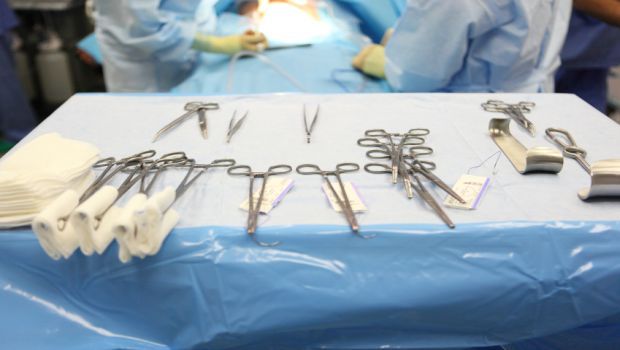FDA Releases Final Guidance on Reprocessing of Reusable Medical Devices


The Food and Drug Administration (FDA) today announced new actions to enhance the safety of reusable medical devices and address the possible spread of infectious agents between uses. The new recommendations are outlined in a final industry guidance aimed at helping device manufacturers develop safer reusable devices, especially those devices that pose a greater risk of infection.
Medical devices intended for repeated use are commonplace in healthcare settings. They are typically made of durable substances that can withstand reprocessing, a multi-step process designed to remove soil and contaminants by cleaning and to inactivate microorganisms by disinfection or sterilization. While the majority of reusable devices are successfully reprocessed in health care settings, the complex design of some devices makes it harder to remove contaminants.
FDA’s guidance document, titled “Reprocessing Medical Devices in Health Care Settings: Validation Methods and Labeling” includes recommendations medical device manufacturers should follow pre-market and post-market for the safe and effective use of reprocessed devices.
A device manufacturer’s reprocessing instructions are critical to protect patients against the spread of infections. As part of its regulatory review for reusable medical devices, the FDA reviews the manufacturer’s reprocessing instructions to determine whether they are appropriate and able to be understood and followed by end users. The guidance lists six criteria that should be addressed in the instructions for use with every reusable device to ensure users understand and correctly follow the reprocessing instructions.
The guidance also recommends that manufacturers consider reprocessing challenges early in device design. Manufacturers will be expected to conduct validation testing to show with a high degree of assurance that their cleaning and disinfection or sterilization instructions will consistently reduce microbial contamination.
“Despite the recent concerns about multi-drug resistant bacteria infections associated with duodenoscopes, patients and health care providers should know that the risk of acquiring an infection from a reprocessed medical device is low” says William Maisel, MD, MPH, deputy director for science and chief scientist at the FDA’s Center for Devices and Radiological Health. “This guidance is an important step toward further enhancing the safety margin by outlining for manufacturers the steps they should undertake to make their reprocessing instructions effective and clear to the healthcare community that uses them. Doing so should provide greater assurance to patients that the devices used on them are safe and effective.”
The FDA issued a draft guidance discussing the reprocessing of reusable medical devices in 2011, and considered almost 500 comments before issuing the final guidance. The final guidance provides more clarity about testing protocols and what data should be submitted to the agency for a premarket submission, such as the data FDA needs to evaluate substantial equivalence for a 510(k) premarket submission.
Manufacturers seeking to bring to market certain reusable devices, such as duodenoscopes, bronchoscopes and endoscopes, should submit to the FDA for review their data validating the effectiveness of their reprocessing methods and instructions.
Separately, the FDA also announced in the Federal Register that the agency’s Gastroenterology and Urology Devices Panel of the Medical Devices Advisory Committee will hold a public meeting May 14-15, 2015 to discuss recent reports and epidemiologic investigations of transmission of infections associated with the use of duodenoscopes in endoscopic retrograde cholangiopancreatography (ERCP) procedures in hospitals in the United States.
Source: FDA
Newsletter
Stay prepared and protected with Infection Control Today's newsletter, delivering essential updates, best practices, and expert insights for infection preventionists.